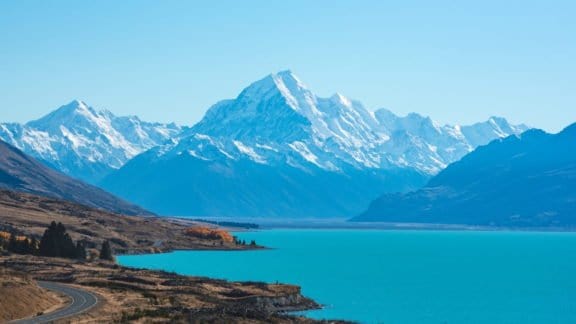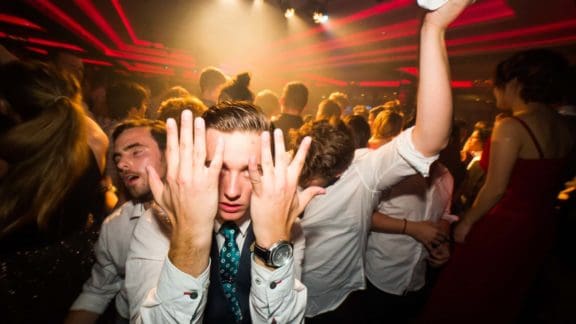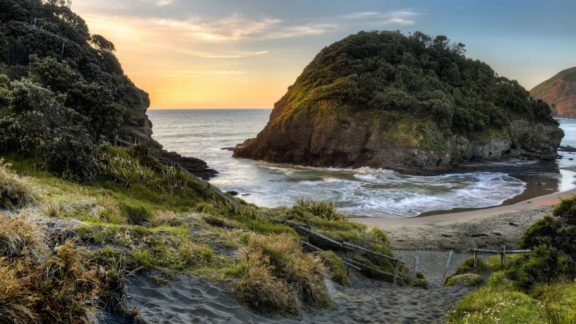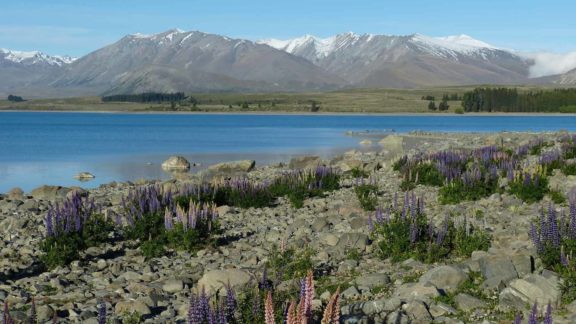|
|
Waitangi Day falls on the 6th February every year and is a public holiday in New Zealand.
Waitangi Day
Waitangi Day 2019 marks the 179th anniversary of the signing of the Treaty of Waitangi. The day starts with a dawn service at 5am in Te Whare Runanga, the carved meeting house. Following the Dawn service there are celebrations and entertainment all day at three different parts of the Waitangi Treaty Grounds:
- Waka stage
- Upper Treaty Grounds
- Sports field
Throughout the day there are market stalls, with arts, crafts, clothing and food for sale. There are several activities for children as well.
In previous years there have been live performances, a hip hop dance act, live music, a 21 Gun Salute from the Royal NZ Army, a traditional Flag Raising Ceremony and loads of local artists, bands and performers. Last year 5 navy ships and more than 15 waka (Māori canoes), including Ngātokimatawhaorua, New Zealand’s largest ceremonial war canoe, were on the water throughout the festival showcasing their prowess. This could also be happening this year as well – for up to date information on what’s happening in 2019 find out more here.
History
It’s an extremely important day in New Zealand which commemorates the signing of The Treaty of Waitangi in 1840 in the place it’s named after, Waitangi, near Paihia in the Bay of Islands. It’s New Zealands national day and has been a public holiday for the whole country since 1973.
1934 saw the first time that the day was commemorated, when the Governor-General, Lord Bledisloe, gave the Treaty House and grounds at Waitangi to the people of New Zealand. He hoped that the site would become a national memorial, symbolising that the Treaty of Waitangi had started a unique relationship between the indigenous and the colonising peoples.

Treaty of Waitangi (Te Tiriti o Waitangi)
The Treaty is an agreement between the British Crown and Maori. There were 3 main points (referred to as ‘articles’) that were agreed upon.
- that the Queen (or king) of Great Britain has the right to rule over New Zealand;
- that Maori chiefs would keep their land and their chieftainships, and would agree to sell their land only to the British monarch; and
- that all Maori would have the same rights as British subjects.
There is a lot of controversy about the Treaty which is still ongoing to this day. The document itself was drafted in only a few days, and a large part of the controversy comes about because of differences (intentional or otherwise) between the English version and the Maori version of the Treaty. Protests are also centred around the rights of Maori, agreed upon in the Treaty, not being honoured.
Protests
Over the years this controversy has spurred on protests which are often held on Waitangi Day. Most notably in the 1980’s there were increasing protests from the Maori that the agreements in the Treaty were not being honoured, protests in more recent years have focussed around the foreshore and seabed.
Celebration
Despite the ongoing controversial aspects of the Treaty of Waitangi, many people see this day as a day of celebration marking an important day in history which to many is seen as the founding day of todays New Zealand. The celebrations are centred in Waitangi at The Treaty Grounds, and the nations leaders congregate there each year on the 6th February. The Treaty House itself is the most visited historical building in New Zealand.
More Information / sources:




